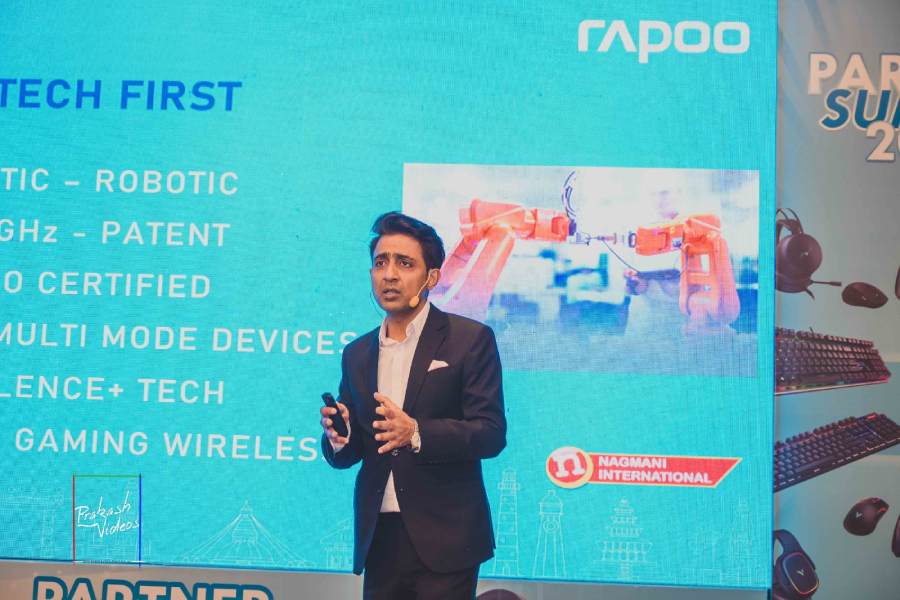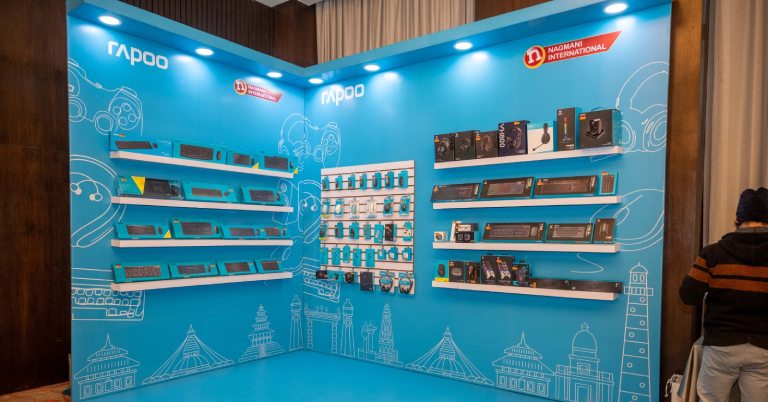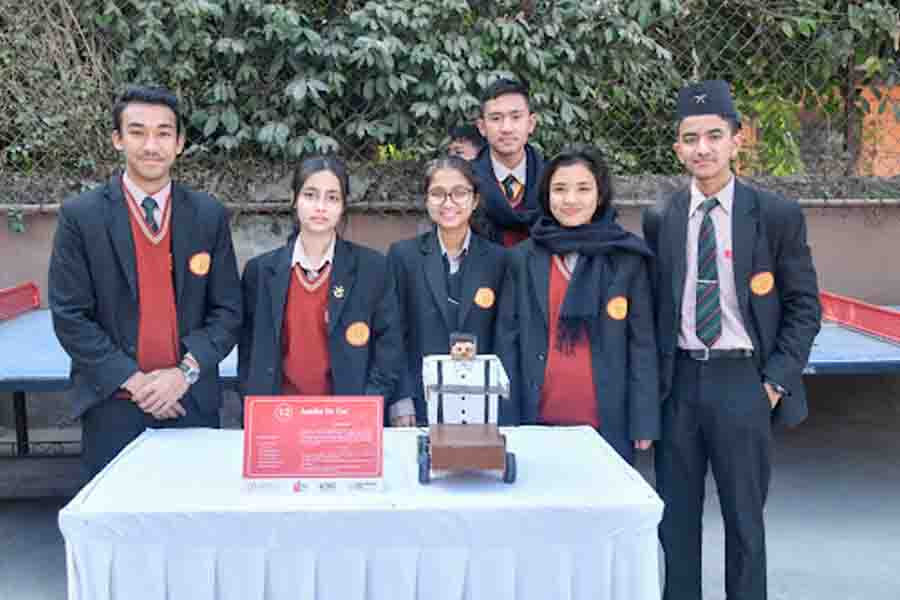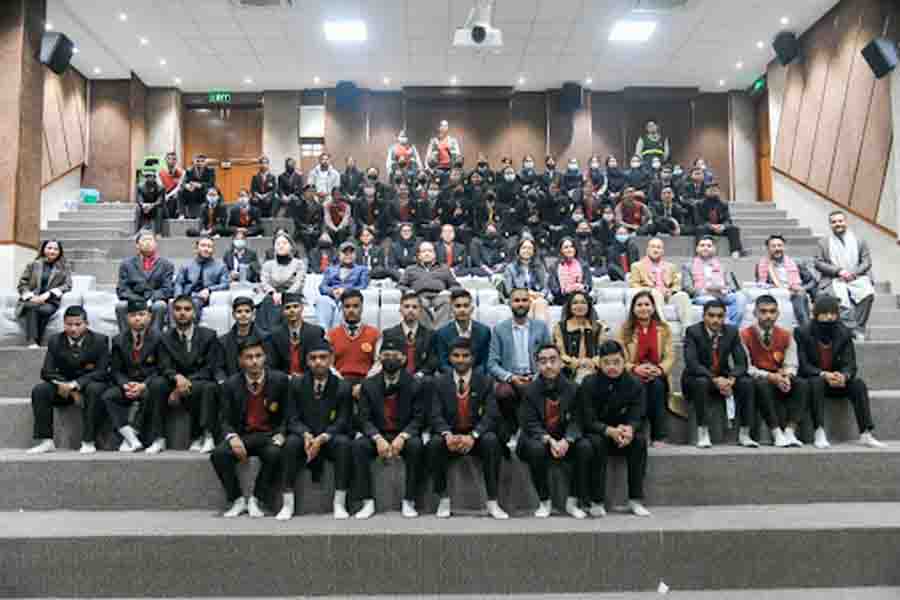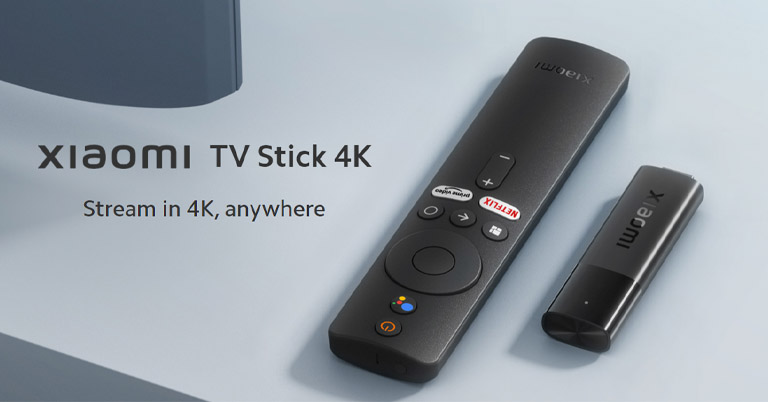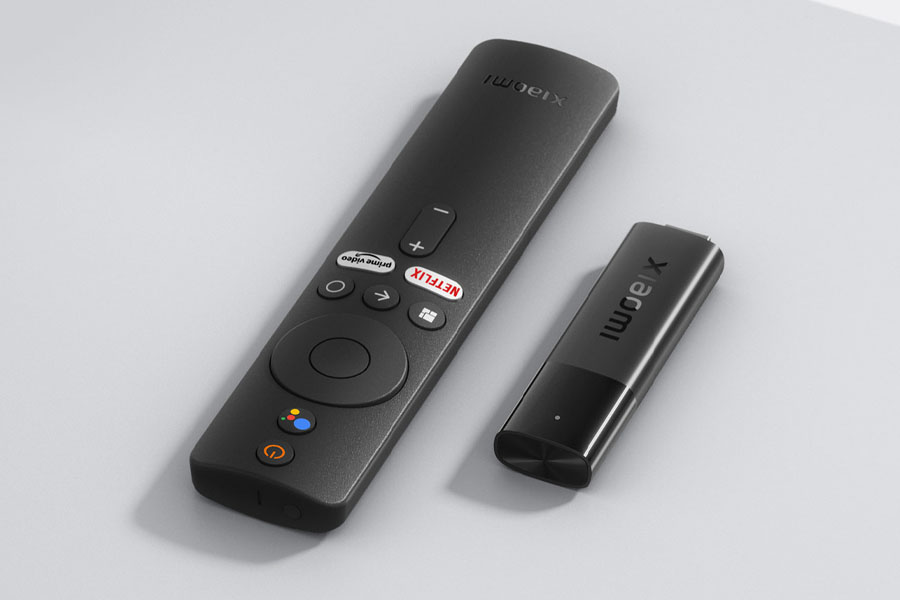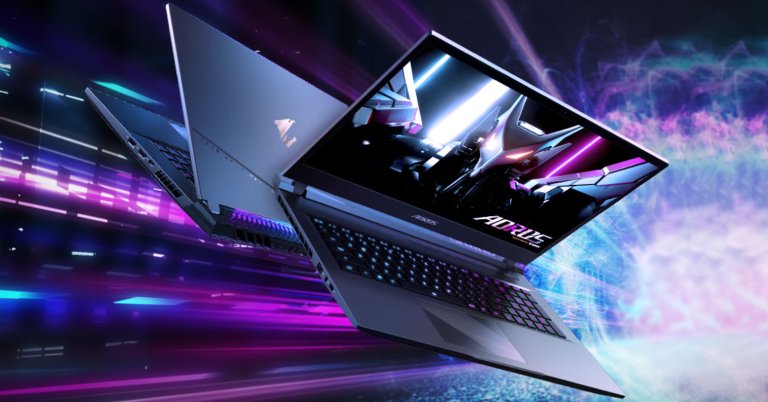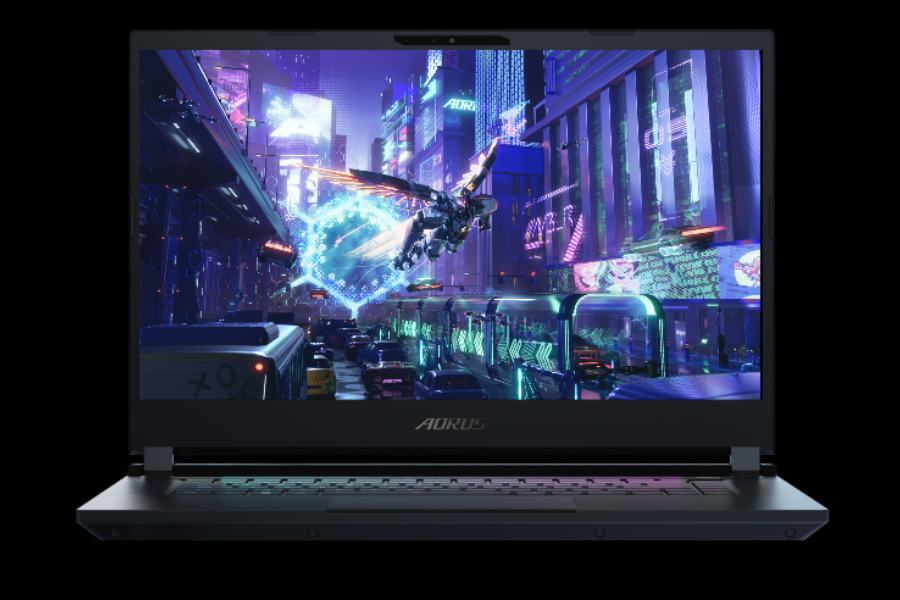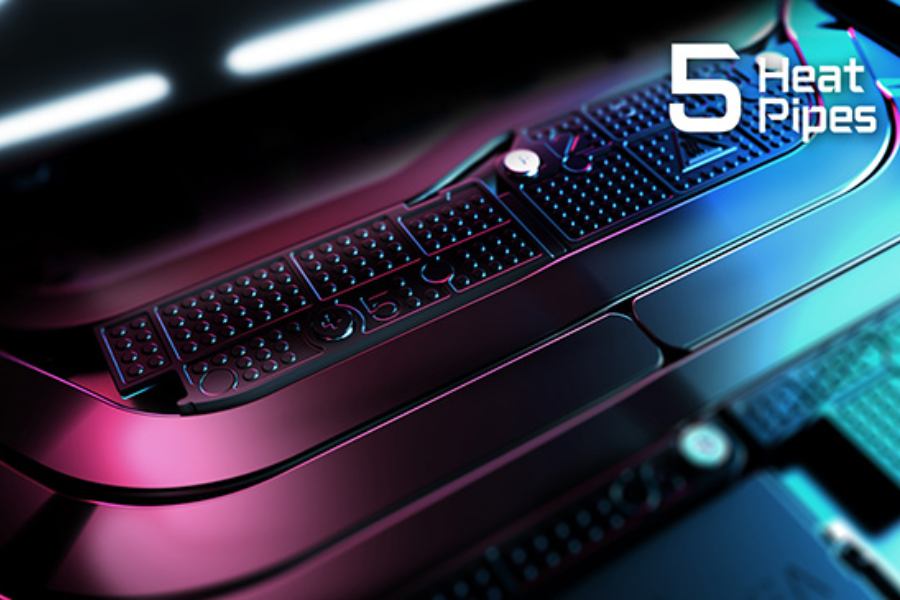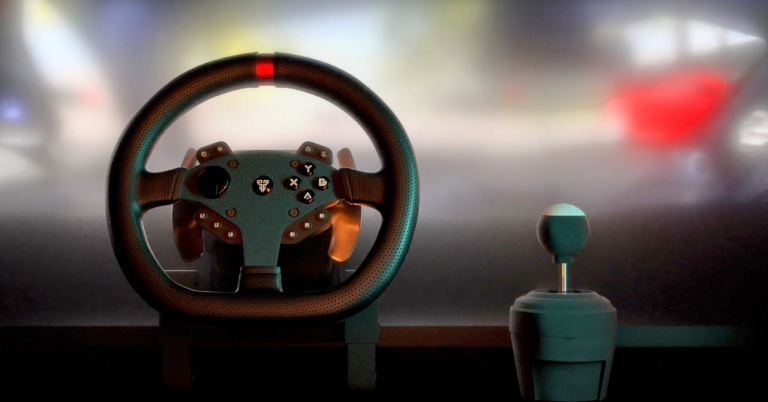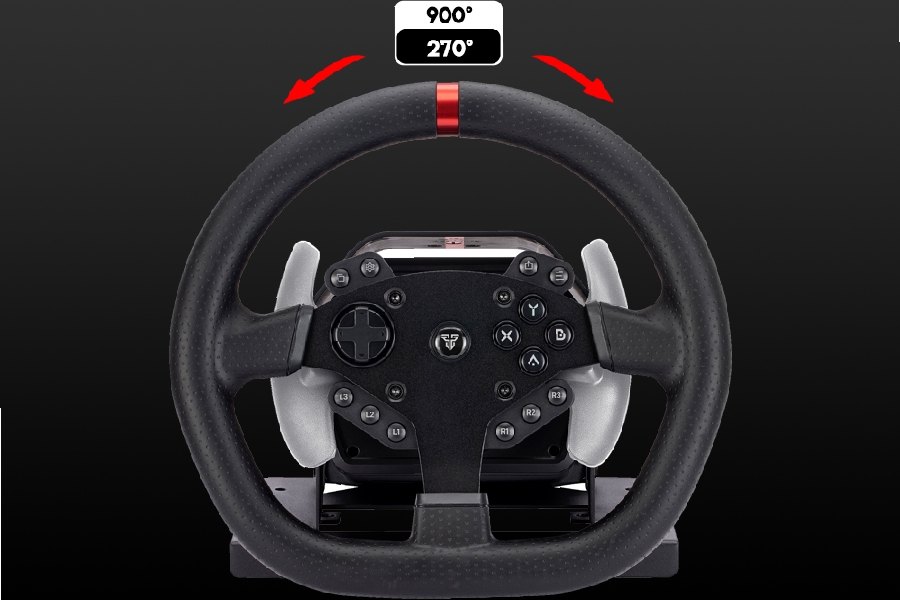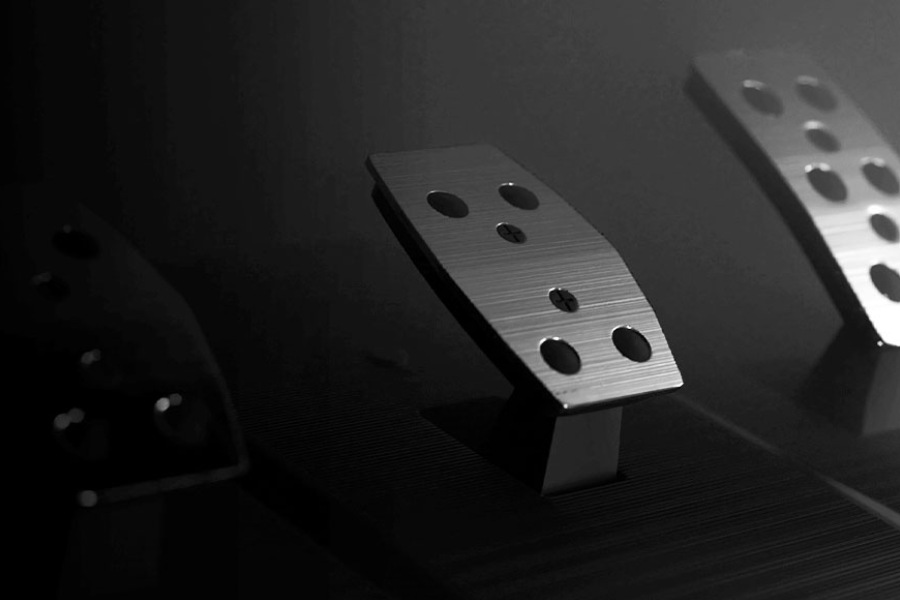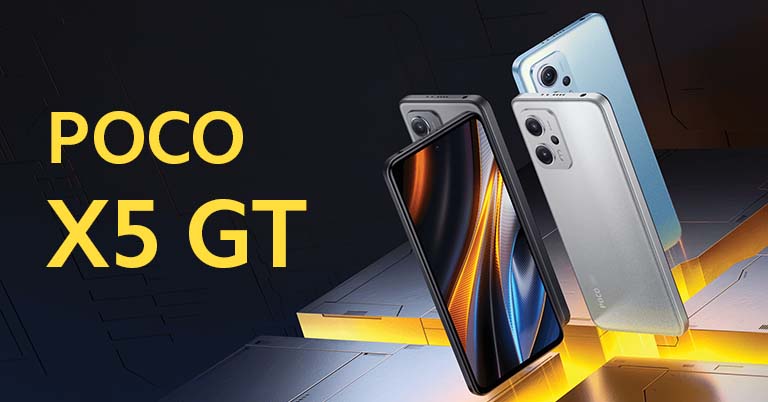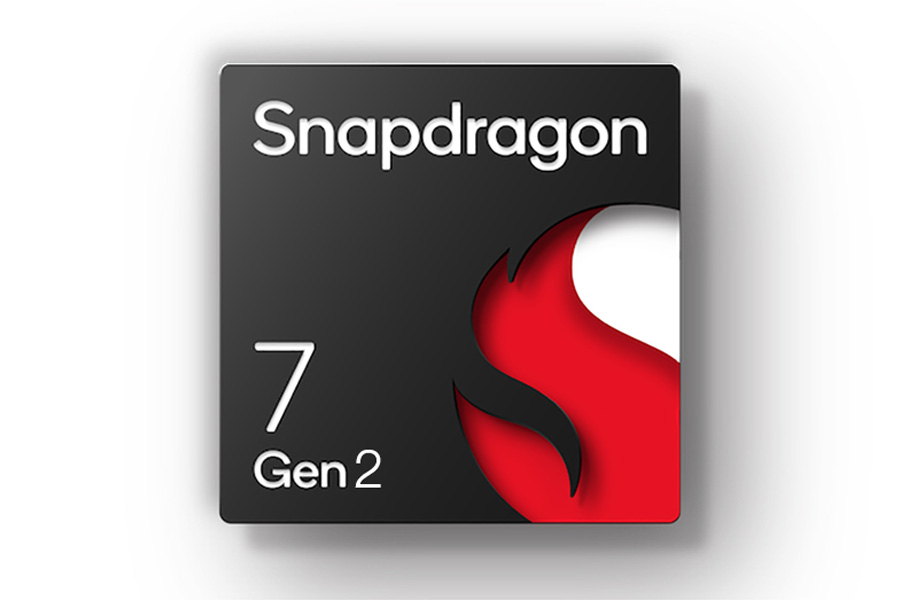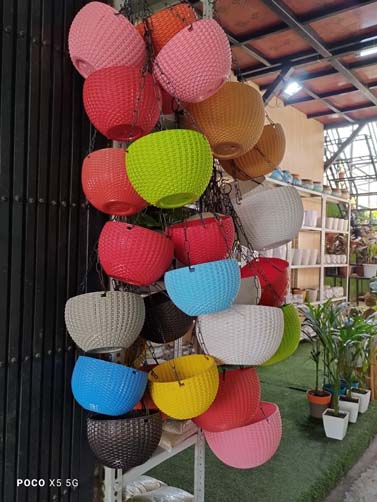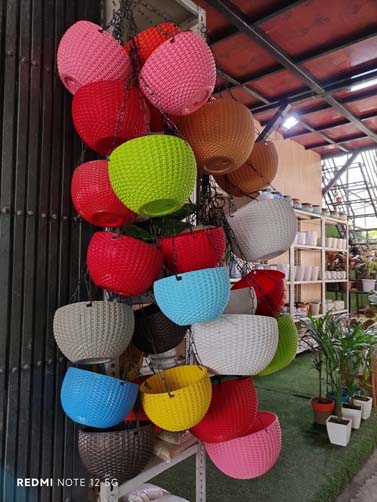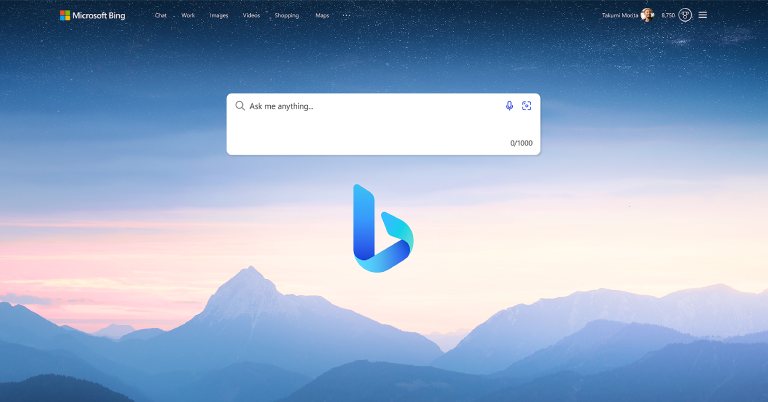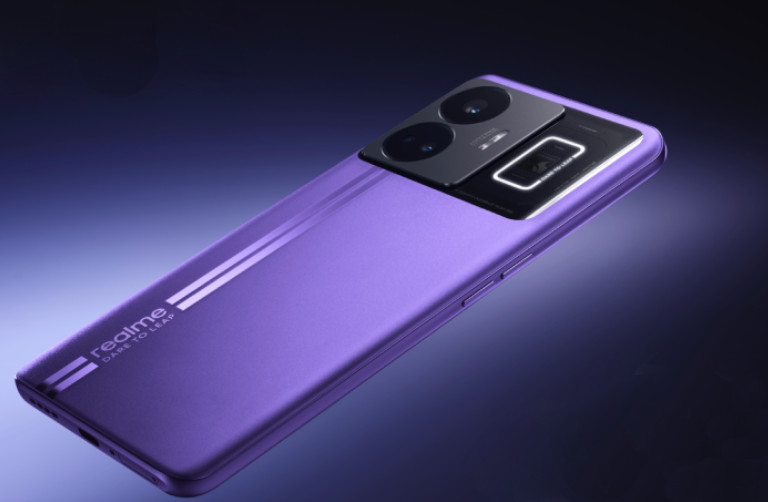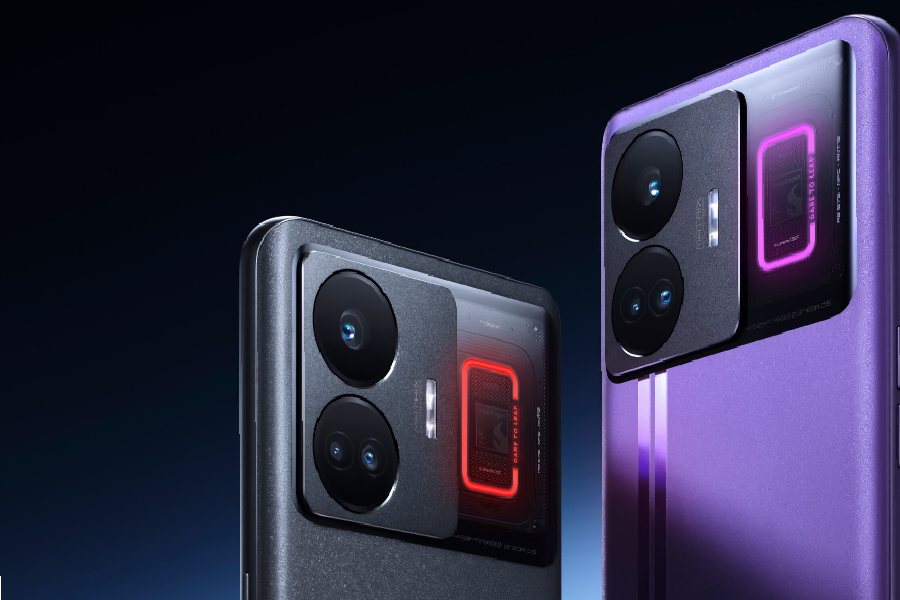Poco recently announced two new smartphones: the Poco X5 and the Poco X5 Pro. We have already published our review of the X5 Pro a while ago which you can read here. In this review, I’ll be going through my experience with the vanilla Poco X5. This phone is basically a rebranded Redmi Note 12, but with a more powerful processor and most importantly, an affordable price tag. It starts at just $200 for the 6/128GB variant and for that price I think it’s a killer value.
Poco X5 Specifications:
- Body: 165.9 x 76.2 x 8mm, 189 grams, IP53 dust/water resistant
- Display: 6.67″ AMOLED, 120/240Hz refresh/touch sampling rate, 1200 nits (peak), DCI-P3 color gamut
- Resolution: FHD+ (2400 x 1080 pixels), 20:9 aspect ratio, 395 PPI
- Chipset: Qualcomm Snapdragon 695 (6nm)
- CPU: Octa-core (2×2.2 GHz Cortex-A78 & 6×1.7 GHz Cortex-A55)
- GPU: Adreno 619
- Memory: Up to 8GB LPDDR4x RAM, Up to 256GB UFS 2.2
- Software & UI: Android 12 with MIUI 13 for Poco on top
- Rear Camera: Triple-camera;
– 48MP primary
– 8MP ultrawide
– 2MP depth
- Front Camera: 13MP
- Audio: 3.5mm headphone jack, mono speaker
- Security: Face-unlock, Fingerprint sensor (side-mounted)
- Connectivity: Dual-SIM (Nano), WiFi 802.11 a/b/g/n/ac, Bluetooth 5.1, GPS L1 / Glonass G1 / Beidou B1 / Galielo E1, USB Type-C, 5G
- Sensors: Proximity, Ambient Light, Electronic Compass, Accelerometer, Gyro, IR Blaster
- Battery: 5000mAh with 33W charging
- Colors: Black, White, Blue
- Price in Nepal: N/A (Starts at EUR 249 in Europe)
Poco X5 Review:
Design
Starting the review with the design, as expected from a budget phone, the Poco X5 doesn’t have any premium features such as a glass back panel or aluminum frames, but it is still a pretty well-built phone.

I like these slight curves on the sides that help with the grip and it has a nice heft to it as well, despite being relatively lightweight at 189 grams. I also like this frosted back finish, where the fingerprints and smudges don’t look as pronounced as they would on a glossy back.
That being said, this phone does not look that unique. To be very honest, this repetitive design choice with such a camera island has grown a little boring over time to me! Given how well Oppo, Vivo, and Realme have been doing in the smartphone design department, even with their budget phone, I think Poco really needs to step up its game now. The color options for the Poco X5 aren’t that exciting either.
Display
Regardless, one of its biggest strongest points is definitely the display. Here you get a 6.67-inch AMOLED panel with Full HD resolution, 120Hz refresh rate, and a DCI-P3 gamut. Thus, the contents look sharp enough with excellent contrast and near-accurate colors as expected.

You can also stream Full HD videos on Netflix—thanks to the Widevine L1 certification. This screen can get plenty bright too. So even when you’re on the terrace, sun-basking in this cold weather, you won’t have any problems with the display.
Likewise, you will also enjoy using the 120Hz refresh rate screen with a 240Hz touch sampling rate on this phone. Poco has optimized it pretty well, so everything from scrolling to multitasking feels incredibly smooth and responsive.
Audio
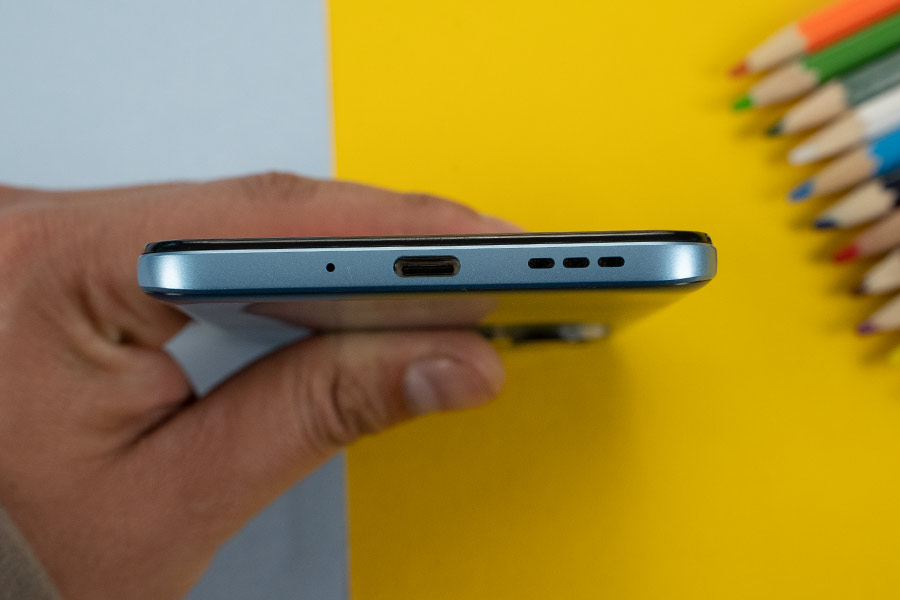
But like the Redmi Note 12, its audio department leaves things to be desired. That is, the Poco X5 also misses out on a stereo speaker setup. So the content consumption experience, especially while listening to classic rock music isn’t the best I’ve had so far on this thing. Fortunately, there’s still a headphone jack here for your wired earphones.
Performance
As for the performance, the Snapdragon 695 chip on the Poco X5 is also capable of handling your everyday tasks with ease. And in case you’re wondering, its performance is nearly identical to Snapdragon 4 Gen 1 on the Redmi Note 12.

Both of these chips have the same core architecture. Except that the 695’s CPU cores are clocked slightly faster, resulting in higher benchmark scores.
However, the performance improvement you get in your real-life experience is pretty minimal, to be honest. I haven’t faced any micro stutters or lags in my daily usage here. Apps open relatively fast and multitasking is decent as well.
It’s not quite fast as the midrange phones with Dimensity 1080 or the SD 778G nor it has that premium haptics while typing, but for the price, it’s good enough. Similarly, you can play popular games like PUBG and Call of Duty at medium settings just fine but pushing them to higher settings isn’t going to be that enjoyable.
MIUI needs refinement!
That being said, Xiaomi’s MIUI isn’t known for the most stable software experience and sadly, it’s the same with Poco X5. For instance, there’s this weird bug in Play Store where the screen decides to freeze randomly whenever I download an app. And I’ve also noticed a few times that the phone automatically disconnects from WiFi.
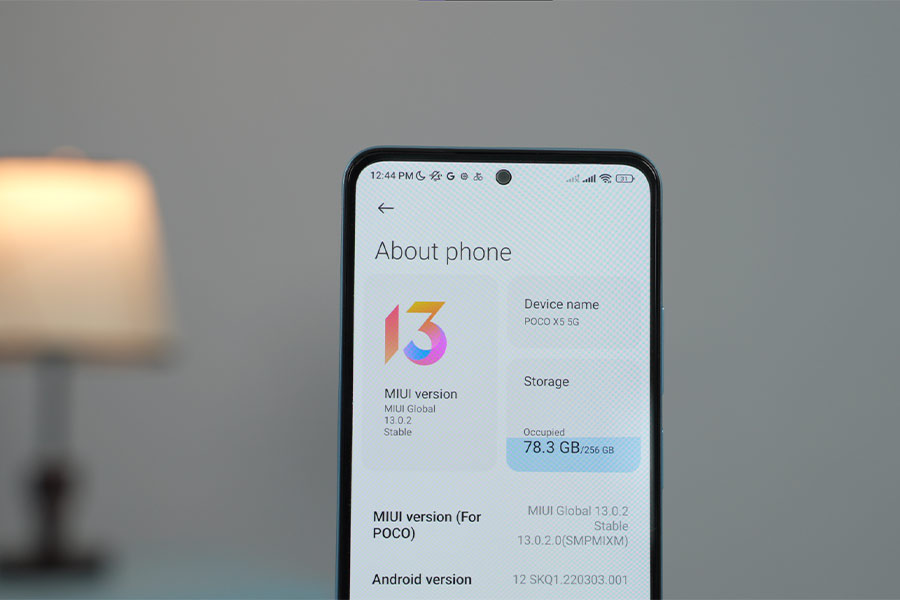
Another thing I’d like to highlight is that the Poco X5 still runs on Android 12 with an older MIUI 13. So that’s something Poco needs to improve. And with Android 12 out of the box, I hope to see Poco commit to at least 3 generations of OS upgrades here.
Cameras
The Poco X5 triple camera setup is exactly identical to that of the Redmi Note 12 consisting of a 48MP primary, an 8MP ultrawide, and a 2MP macro lens—while there’s a 13MP selfie shooter up front.
Normal Images
With so much in common, photos from both these phones look pretty similar in daytime scenarios.
The main difference I’ve noticed is in terms of the color tone where Poco X5’s images turn out a bit warm as it tries to achieve a natural look. Whereas the Note 12 tends to boost the colors a bit to make it more pleasing. So it’s all just a matter of personal preference on which one to go with.
Nighttime Images
Lowlight photos from both these phones also look very similar, with Poco once again adding a bit of warmth to the images.
Portrait Images
For portraits, I prefer the photos from Redmi here since they have better sharpness and a good skin tone. Poco X5, on the other hand, makes the subject look a little pale for some reason.
Selfie Images
In terms of selfies though, both phones manage equally good shots.
Ultrawide Images
The 8MP ultrawide image, it’s exactly what you expect from a budget phone, strictly average with little detail to talk about.
Videos
Its video recording capabilities are severely limited too. It can only record videos in 1080p 30fps from both the front and back cameras. And even in this resolution, the videos aren’t that great as they come out quite stuttery. Also, its selfie video has quite a narrow field of view, average dynamic range, and such.
Battery
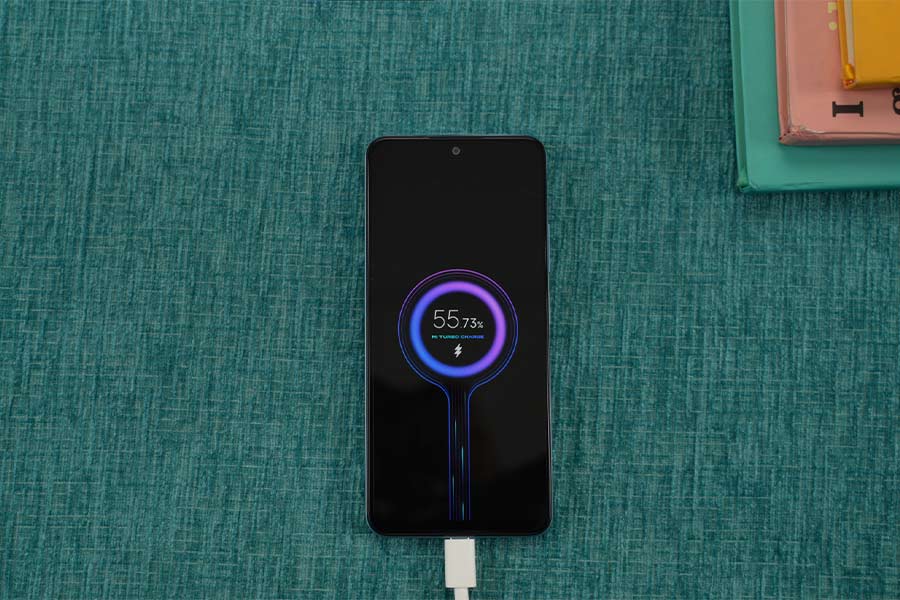
But unlike the videos, Poco X5’s battery life is really good—all thanks to that power-efficient Snapdragon 695 chip. In my daily usage, consisting of hours of social media scrolling, content consumption, and other routine activities, I’ve been getting around 8 hours of screen-on time here, which means it can easily last you for a day on heavy usage. For charging, its 33W power adapter takes about an hour to fully juice up the 5000mAh battery inside.
Poco X5 Review: Conclusion
To conclude this review, I believe the Poco X5 is an excellent value in the $200 price segment. From a stunning AMOLED display to a reliable Snapdragon 695 chip, and decent cameras overall, it delivers in most aspects a budget smartphone should. It does miss out on a stereo speaker setup while its design could’ve been a bit better as well. But the Poco X5 is still one of those budget phones that I can call an all-around package.
Poco X5 Review: Pros and Cons
Pros:
- Lightweight design
- Beautiful AMOLED screen with 120Hz refresh rate
- Reliable performance
- Decent primary camera
- Good battery life
Cons:
- A bit-boring design
- Mono speaker
- Not-so-good haptics
- Average ultrawide camera
